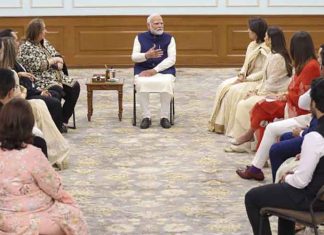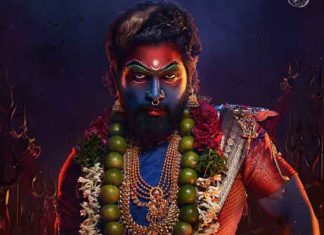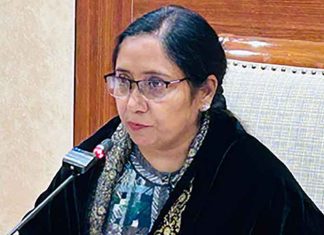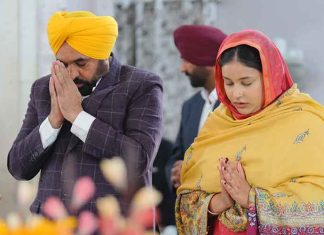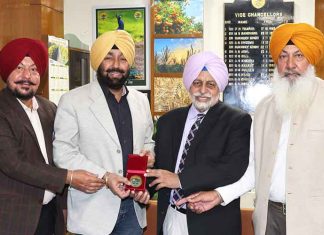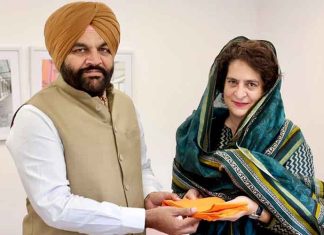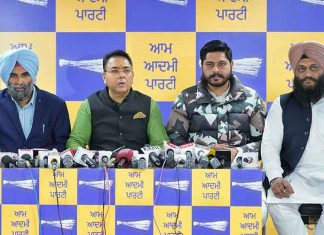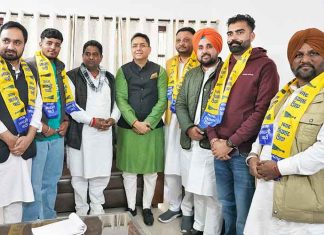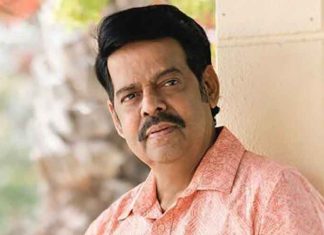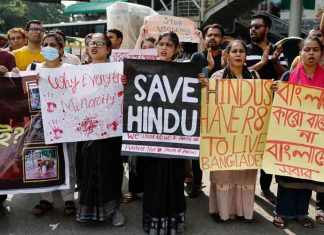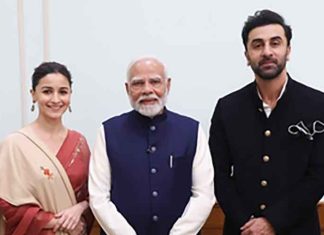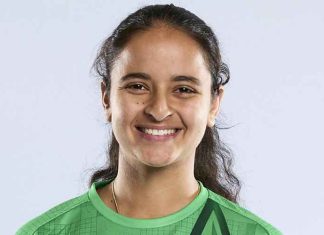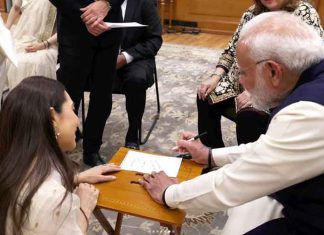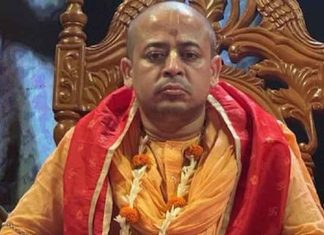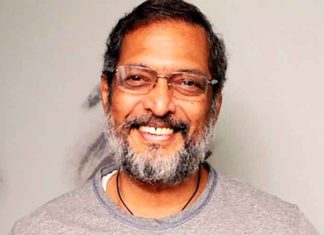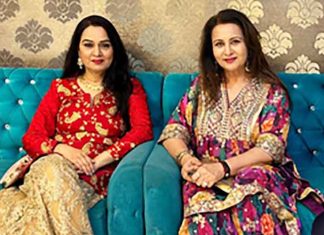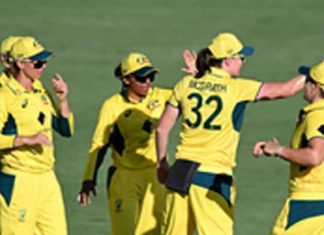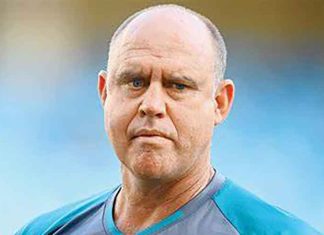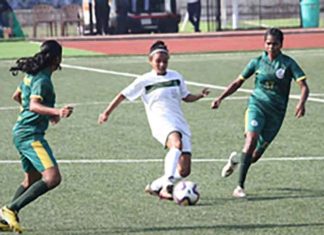New Delhi, Nov 30 2024-
When Shammi Kapoor sings “Tumne mujhe dekha hokar ke mehrban” in slick whodunnit “Teesri Manzil” (1965), the serenade is not just meant for his peeved heroine, but actually a heartfelt tribute to his recently deceased wife – the vivacious, spontaneous, and much-admired Geeta Bali.
And he had good reason to laud her – his luck had turned after their marriage, and after over 15 flops, he hit the big time and the Shammi Kapoor persona, of a jiving and carefree romantic hero was born. Their son Aditya Raj Kapoor termed his father’s dancing a reflection of his mother’s personality.
In her short lifespan of 34 years, and a film career which spanned two-thirds of it, Geeta Bali had made waves as she danced with the legendary Bhagwan Dada – especially in the faux Hawaiian “Shola jo bhadke” from “Albela” (1951), matched histrionics with all the top heroes of her time from Dev Anand to Dharmendra, persuaded Guru Dutt to step in front of the camera, stood her ground against the likes of Madhubala and Suraiya, and left even Meena Kumari awestruck at her capability and versatility.
However, despite her successes and the acclaim she enjoyed, Geeta Bali, born on this day (November 30) in Amritsar in 1930, missed one defining role like her top contemporaries – Nargis in “Mother India” (1957), Madhubala in “Mughal-e-Azam” (1960), and Meena Kumari in countless performances. It was her attempt to remedy this contributed to her untimely and agonising death.
Born Harkirtan Kaur Bali, the daughter of granthi Pandit Kartar Singh Bali – common for his Mohyal community where there were no clear demarcations between Hindu and Sikh, she was a born performer from her childhood. Uncharacteristically for the age, her parents allowed her and other siblings to learn music, dance, riding, and gatka. Geeta Bali was nine when she, and her sister, tried a public performance in Lahore, but the community objected and police eventually escorted the duo to safety after threats against their family.
However, the very next year, she snagged a role at AIR Lahore, hosting children’s programmes, and debuted as a child artist with the Punjabi film “The Cobbler” (1942), while “Badnaami” (1946) was her adult debut. She caught the eye of actor-filmmaker Mazhar Khan, who was impressed by her and invited her to Bombay in 1948 – where she and her family were put up in the large bathroom of a decrepit mansion.
With his project stalled, Geeta Bali caught the attention of ace filmmaker Kidar Sharma, who went beyond her looks – she was no conventional beauty but had lively eyes and a mobile countenance – and recognised her ability. Sharma paid off Khan and put her in his made her the star of “Suhaag Raat” (1948), opposite Bharat Bhushan and Begum Para.
However, her career may have ended on the first day due to her marked Punjabi accent and pronunciation, and Sharma’s staff pleaded with him to replace her. However, Sharma, who had launched Raj Kapoor and Madhubala, retained faith in her – and by the dubbing, she had improved her diction.
The unit was also impressed with how the petite woman when required to lift and carry the hero on her shoulders for one scene, managed it without any difficulty.
The film was a hit, but led to a precarious situation. Her mother, swayed by the money, began signing projects for her right and left without any thought, and Geeta Bali, who had requested Sharma to be freed, was caught in a morass of B- and C-category films that left her career in tatters. She went back to a forgiving Sharma, who ignored her mother though, and gave her another chance with “Bawre Nain” (1950) with Raj Kapoor – and it made her name again.
A chastened Geeta Bali continued to give her earnings to her mother but retained the sole right to choose films.
She went on to impress audiences as the nightclub singer in “Baazi” (1951) – where “Tadbeer se bigdi taqdeer” proved to be a boon for her as well as namesake singer Geeta Dutt, the devout Maria of “Jaal” (1952), the tomboyish heroine Shanta of “Anand Math” (1952), where a spirited rendition of “Vande Mataram”, among others.
Courted by Shammi Kapoor since they acted together in “Miss Coca Cola” (1955), she kept putting him off, till one night in 1955, she said yes. However, she remained a rare exception to the Kapoor family where daughters-in-law were not expected to work, despite raising two children.
However, her desire to craft a unique role with “Rano”, based on Rajinder Singh Bedi’s “Ek Chadar Maili Si”, proved fatal as she caught smallpox while shooting in a Punjab village. Brought back to Bombay, she passed away early in January 1965. The film was abandoned. (Agency)
Also Read: Zoya Akhtar’s picture sitting with Andrew Garfield, Jacob Elordi goes viral





